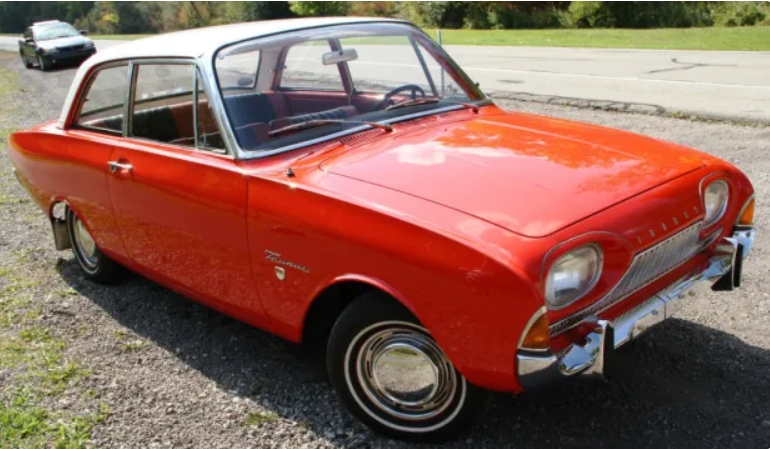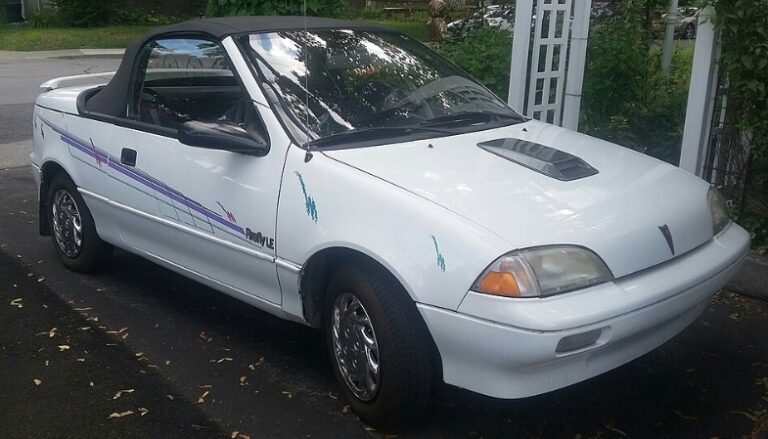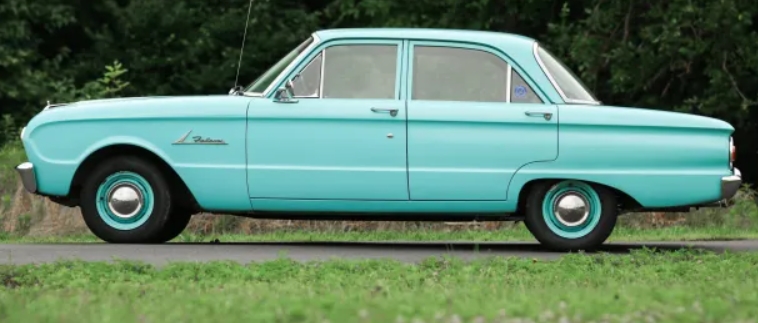The Evolution of the Ford Taunus
The Ford Taunus embodies a significant chapter in the history of the Ford Motor Company, particularly in Europe. Originally introduced in 1939 and produced until the early 1990s, the Taunus underwent numerous transformations that reflected changing automotive trends, consumer preferences, and technological advancements. This article will explore the evolution of the Ford Taunus, detailing the various models and trim levels offered throughout its production life.
The Early Years: 1939-1940
The Ford Taunus was originally launched in 1939 as a compact car aimed at the European market. Designed to meet the demands of post-war mobility, the first generation of the Taunus was the Ford 12M, which feature a molar 12-horsepower V4 engine. Due to the Second World War, production was short-lived, with only a few units manufactured before the plant was repurposed for war production.
Post-War Resurgence: 1945-1952
After the war, the Ford Taunus returned to production in 1945, benefiting from the demand for consumer vehicles. During this period, Ford released the Taunus 12M in 1948, bolstered by Europe’s recovery, offering a more refined design and practical features. By 1952, Ford introduced the Taunus 15M, which featured a 1.5-liter engine, showcasing continued advancements in performance.
The 1950s: The Second Generation (1952-1960)
The second generation of the Ford Taunus commenced in 1952. This generation was characterized by its more modern styling, akin to American cars of the time. The 12M and 15M models were updated, and a more powerful variant, the Taunus 17M, was introduced in 1957, offering a bigger engine and improved performance.
Models and Trim Levels:
- Ford Taunus 12M: Base model with modest features.
- Ford Taunus 15M: A mid-range option, balancing performance and comfort.
- Ford Taunus 17M: Higher performance model with enhanced features.
The 1960s: The Third Generation (1960-1966)
In 1960, the third generation of the Ford Taunus arrived, with a new design ethos influenced by American automotive styling. It was more spacious and offered various engine options. This era also saw the introduction of the Ford Taunus P4 series, which included sedans, coupés, and station wagons.
Models and Trim Levels:
- Ford Taunus 12M P4: Base model.
- Ford Taunus 15M P4: A more powerful alternative in the line-up.
- Ford Taunus 17M P4: Offered with advanced features and trim options.
- Ford Taunus 20M P4: Featured a larger engine, aimed at consumers looking for luxury and power.
.
SEARCHING for those hard to find FORD manuals, guides & books?
This place has you covered! SEE All FORD Manuals From 1920 – 1989.
CHOOSE the year of your vehicle:
.
The 1970s: The Fourth Generation (1966-1979)
The fourth generation of Taunus arrived in 1966. Known internally as the Ford Taunus TC, this model showcased a sleeker, more aerodynamic design. The TC model solidified the Taunus as a popular choice in the mid-size car sector. It was during this generation that the Taunus became heavily involved in motorsports, gaining a reputation for performance.
Models and Trim Levels:
- Ford Taunus TC1 (1966-1970): Entry-level options featured simple accessories.
- Ford Taunus TC2 (1970-1976): Updated models offered improved features and engine options.
- Ford Taunus TC3 (1976-1979): A further refinement, introducing higher-performance engines.
- Sport Models: Various sporty versions were launched during this time.
The 1980s: The Fifth Generation (1979-1986)
In 1979, the fifth generation of the Ford Taunus was launched, marking a significant shift in its design and technology. The Taunus was now aimed at a more diverse audience, and it introduced newer engines, electronic management systems, and improved safety features.
Models and Trim Levels:
- Ford Taunus I (1979-1982): Offered in various trims with a new range of engines.
- Ford Taunus II (1982-1986): Improved features and options, with a focus on comfort and safety.
- Luxury Versions: Higher trims added leather interiors and advanced technology.
The 1990s: The Sixth and Final Generation (1986-1994)
The sixth generation of Taunus debuted in 1986, characterized by a more modern approach to automotive design. The Taunus began to integrate more features seen in other Ford models, creating a familiar feel across the range. As consumer demands shifted towards more compact vehicles, the Taunus’s production began to dwindle, and it ultimately ended in 1994.
Models and Trim Levels:
- Ford Taunus II (1986-1990): Various trims, balancing performance with daily drivability.
- Ford Taunus III (1990-1994): The last iteration featuring high-tech options and comfort enhancements.
Legacy and Conclusion
The Ford Taunus left an indelible mark on the European automotive landscape over its more than five decades of production. With numerous models, engines, and trim levels, the Taunus appealed to a wide audience ranging from families to motorsport enthusiasts. It epitomized Ford’s ability to adapt to changing markets and consumer preferences.
The Taunus brand was eventually phased out in favor of more modernized vehicles, but its spirit lives on in the contemporary Ford models that continue to dominate the European market. While the nameplate may no longer be in production, the legacy of the Ford Taunus continues to be celebrated by automotive enthusiasts and collectors around the world. From its humble beginnings post-war to the sophisticated vehicles gracing the roads in the ’90s, the Ford Taunus is truly a symbol of automotive evolution.








